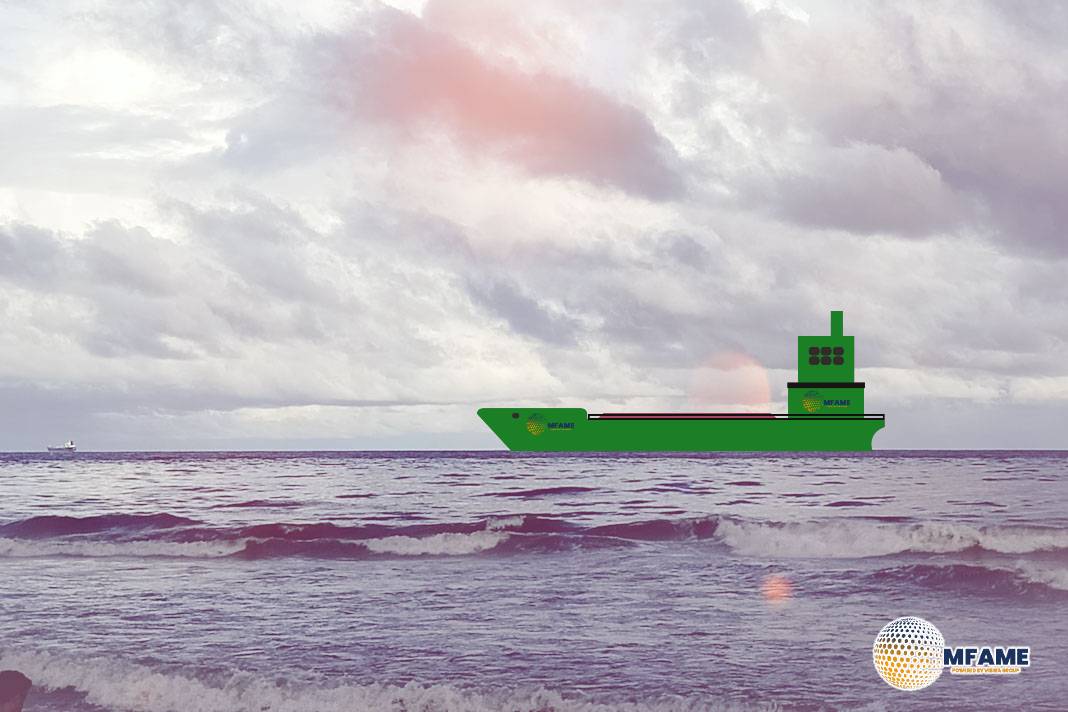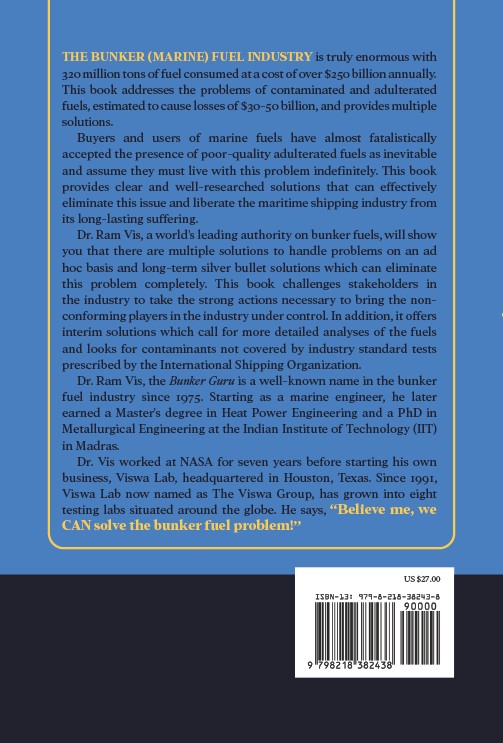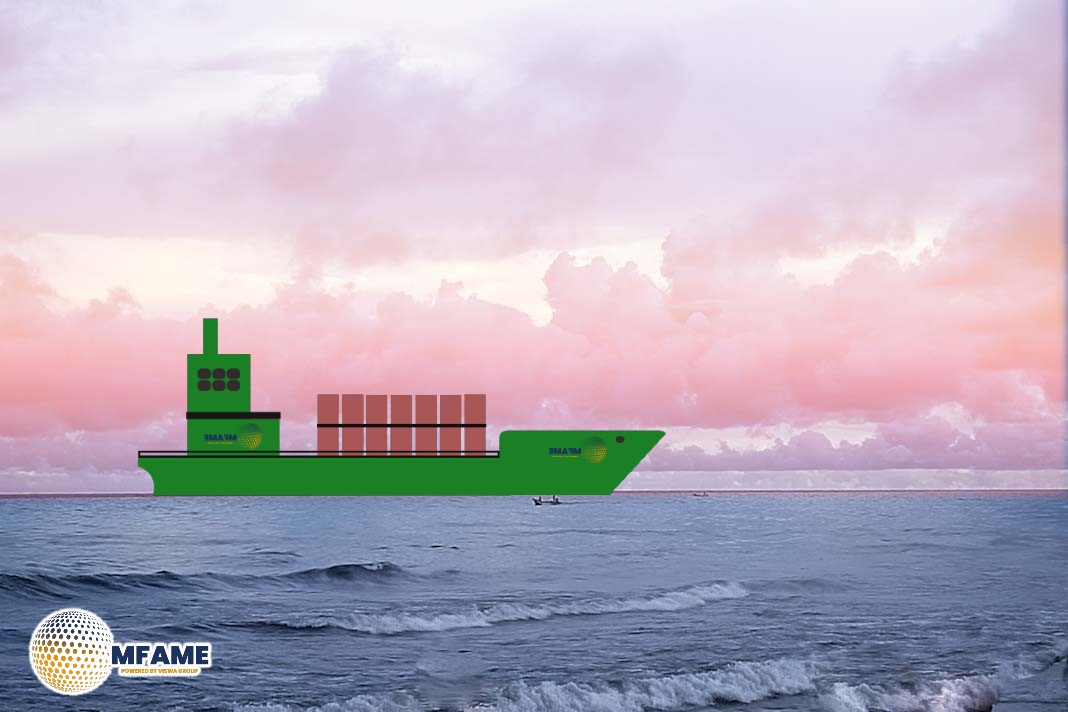The shipping industry is seeing a trend where ship owners may be underutilizing their potential to increase freight rates. This could be due to a lack of aggressive negotiation, and a reluctance to push for higher prices. Additionally, there is a growing presence of oil companies and traders who are now re-letting ships. These entities, with their logistical focus and potential conflicts of interest, may be contributing to rate stabilization, and even the manipulation of the market, reports Fearnleys.
VLCC
The Atlantic region is currently the most active and profitable for tanker owners.
- A Brazilian export cargo shipment to China was recently finalized at a rate of WS 60, slightly higher than the previous transaction.
- Given market dynamics, it’s expected that West Africa/East routes should command rates a few points higher than this.
- The WTI-Dubai spread (the price difference between West Texas Intermediate and Dubai crude oil) has increased, which theoretically supports an increase in freight rates to USD 10 million for the TD22 route (US Gulf/Ningbo).
- However, the last actual physical fixture for that route was concluded at USD 8.65 million.
Suezmax
US Gulf and related markets:
- US Gulf Aframaxes:
- The vessel availability in the US Gulf remains very limited, supporting stable Aframax rates.
- These rates are currently slightly below the levels being discussed, approximately 5 points or USD 170,000 in lump sum terms.
- This tight supply creates a favorable environment for owners, establishing a temporary price floor.
- VLCCs and Ballasters:
- VLCC rates for late April shipments have declined.
- Vessels from the UK Continent-Mediterranean (UKCM) are finding it more profitable to ballast (sail empty) to the Transatlantic (TA) region rather than fixing for TD20 (West Africa to Europe) at WS 100.
- This ballasting trend will likely persist even if rates fall to Aframax levels for US Gulf/TA routes.
- However, the number of UKCM vessels capable of reaching the US Gulf by late second or early third decade is limited, which should prevent a significant rate collapse.
- TD20 (West Africa to Europe):
- The TD20 market is more uncertain.
- European owners with access to US Gulf cargoes are unlikely to accept rates below WS 100, due to the ballasting alternative.
- However, local US Gulf vessels and ballasters from the East will provide competition.
- Furthermore, second decade cargo stems are largely covered, giving charterers more leverage as the weekend approaches.
Aframax
Clean product tanker market in the North and Mediterranean regions:
- North:
- After a surge in rates last week, activity has decreased.
- Pressure on rates has eased, as both the US and Mediterranean markets have shown less activity.
- The current fixing window is shifting into the second decade of the month.
- Charterers are expected to test freight levels as inquiries for mid-month dates emerge.
- Mediterranean:
- The market trend this week has been sideways, with a slightly softer tone.
- Competition for Mediterranean requirements has increased, as ballasters from the UK Continent (UKC) and Suezmax vessels are taking some volume.
- Rates appear stable, but as the fixing window moves forward, owners may be willing to accept lower rates for confirmed employment.
- Disruptions in the CPC (Caspian Pipeline Consortium) are impacting the Suezmax market. The affect on Aframaxes is still unknown.
Did you subscribe to our daily Newsletter?
It’s Free Click here to Subscribe!
Source: Fearnleys

























